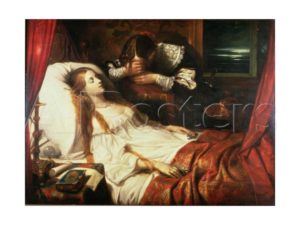van Gennep & Hertz published in English at the same time. Different - Hertz considered 2nd burial & emotional impact of death.
"Death is fully consummated only when decomposition has ended; only then does the deceased cease to belong to this world so as to enter another life" (1960_ 47).
These Oceanists examine cross-culturally.
Hertz's 1907 was really important, say Davies, Palgi and Abramovitch, and Robben. Parking though things it needs to be taken further. Metcalf & Huntington (1991) do this - symbolism, liminal stage focus. Blcoh and Parry (1982) - fertility. Evans-Pritchard (praises and) criticises. "dichotomy of sacred/profane" + "collective consciousness" need explaining.
The volume Of Relations and the Death by Barraud et al. (1994) "focuses on something given insufficient attention by Hertz, namely the exchanges involved in mortuary ritual." (oceanists)
In addition Hertz's model linking the period of mourning to the procedure of bodily decom-position and ideas about the journey of the soul strongly suggests a patterning of the bereaved's emotions over time" (oceanists: 8).
Elisabetta Gnecchi-Ruscone's fine article 'Parallel journeys in Korafe women's laments (Oro Province, Papua New Guinea)
Metcalf Peter and Richard Huntington, 1991. Celebrations of Death: The Anthropology of Mortuary Ritual, Second Edition, Cambridge, Cambridge University Press.
Palgi Phyllis and Henry Abramovitch, 1984. Death: A Cross-Cultural Perspective, Annual Review of Anthropology 13, PP. 385-411.
In 'our society', death happens in an instance. Not so in 'primitive' societies, as shown by the double burial.
"the body of the deceased, while awaiting the second burial, is temporarily deposited in a burial-place distinct from the final one; it is almost invariably isolated" (198).
" it also imposes on the survivors the duty of keeping the deceased company during this dreaded period, to keep watch by his side and to beat gongs frequently in order to keep malignant spirits at bay. Thus the corpse, afflicted by a special infirmity, is an object of solicitude for the survivors at the same time as an object of fear" (199).
"This state of the soul, both pitiful and dangerous, during this confused period explains the complex attitude of the living in which pity and fear are mixed in variable proportions. They try to provide for the needs of the deceased and to ease his condition; but at the same time they remain on thedefensive and refrain from contacts which they know to be harmful" (199).
relatives of deceased sit in a corner - tabooed, unhelped by 'powers above', life changed. They no longer belong to the community (temporarily).
1. Death is not instantaneous. 2. Death is transition, not destruction.
LINKED: disintegration of body : fate of soul : state of survivors
FINAL BURIAL - soul is no longer isolated, joins ancestors.
"Sometimes the deceased himself is accused: 'What cause did you have, you ingrate, to forsake us?' And he is summoned to return. More often the near relatives are accused of culpable negligence or of witchcraft; the sorcerers must at all costs be discovered and executed; or, finally, curses are directed against the murderous spirits, as by the Naga, for instance, who threaten them with their spears and defy them to appear" (208).
similarity with adulthood - birth - marriage
"...participation in the same social life creates ties which are not to be severed in one day" (210).
"... it is because society, disturbed by the show, must gradually regain its balance; and because the double mental process of disintegration and synthesis that the integration of an individual into a new world supposes, is accomplished in a molecular fasion, as it were, which requires time" (210).
" It seems, in the most typical cases at least, that the transitory period extends indefinitely for these victims of a special malediction and that their death has no end" (211).


